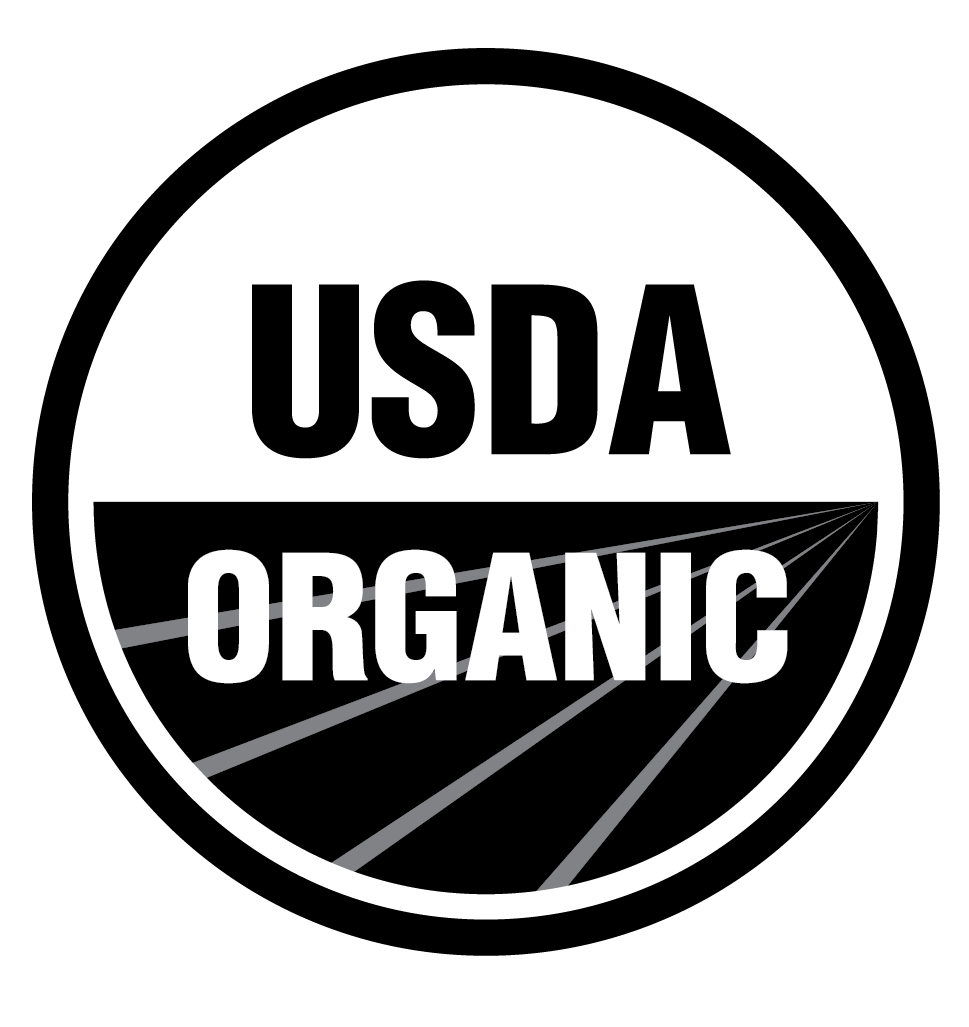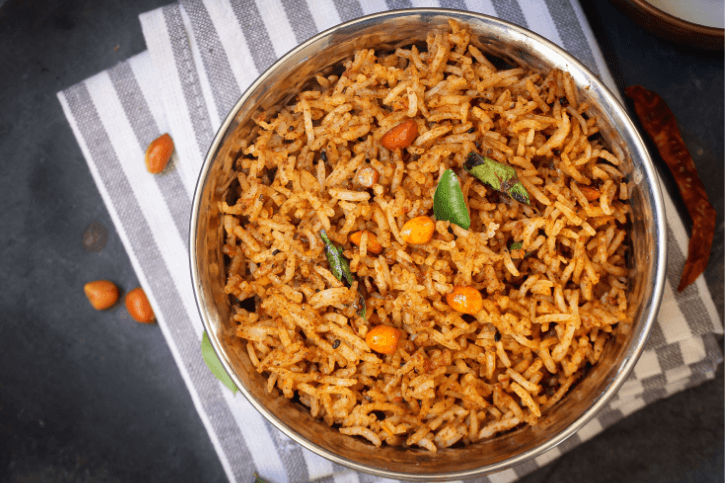
March 16, 2021 2 min read
Storing brown basmati rice
Since brown basmati rice is high in natural fats and oils, it is more vulnerable to getting rancid. It should
be stored cool or even refrigerated until used and should ideally not be kept for longer than six months.
Because brown basmati rice has a firm consistency, it can be used in a variety of ways. Rice may be
served on its own, used in a pilaff, or as an accompaniment to soups, salads, and strong, spicy dishes.
How to cook brown basmati rice
Brown rice takes longer to cook than white rice since water must penetrate the bran. However, cooking
time may be reduced significantly by soaking brown basmati rice before cooking.
To cook, soak rice in fresh, lukewarm water for about half an hour. Drain rice and it to a large pan of
boiling water. Boil rice for 10-15 minutes and stir once or twice. Drain liquid and cover pan. Reduce heat
to low and let rice steam for about 35 minutes. When ready, fluff rice with fork and serve.
Basmati rice may also be cooked by the covered pan method where one cup of uncooked rice is added
to 2 and a half cups of boiling water. Rice is boiled at medium heat for about 10- 15 minutes until the
water is reduced below the rice. At this stage, heat is reduced to low and rice is let to simmer for about
35 minutes.
❤ Try our USDA certified organic Brown Basmati Rice ❤
Yummy Brown Basmati Rice Recipes
Related Blogs:
Thanks for reading this Be Still Farms Blog article. To sign up for more news/articles and/or recipes, click here. For more about us, click here. To shop our certified organic products, click here.
Please comment and share and we look forward to serving you in the future!
Comments will be approved before showing up.
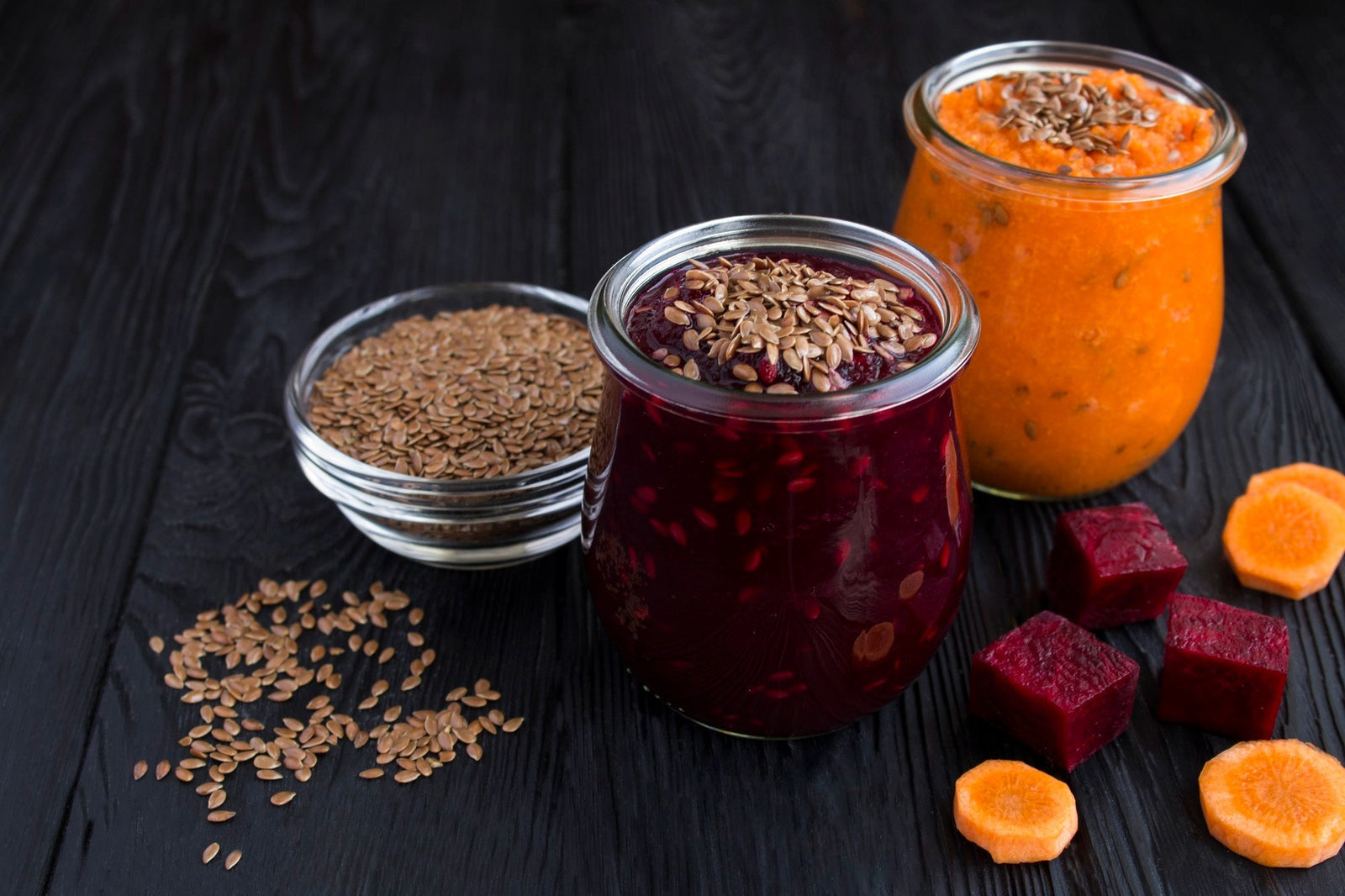
January 27, 2025 3 min read
Flaxseed, the tiny yet powerful superfood, is packed with nutrients that can support weight loss. From curbing hunger to stabilizing blood sugar, this guide dives into the science of how flaxseed can help you shed those extra pounds.
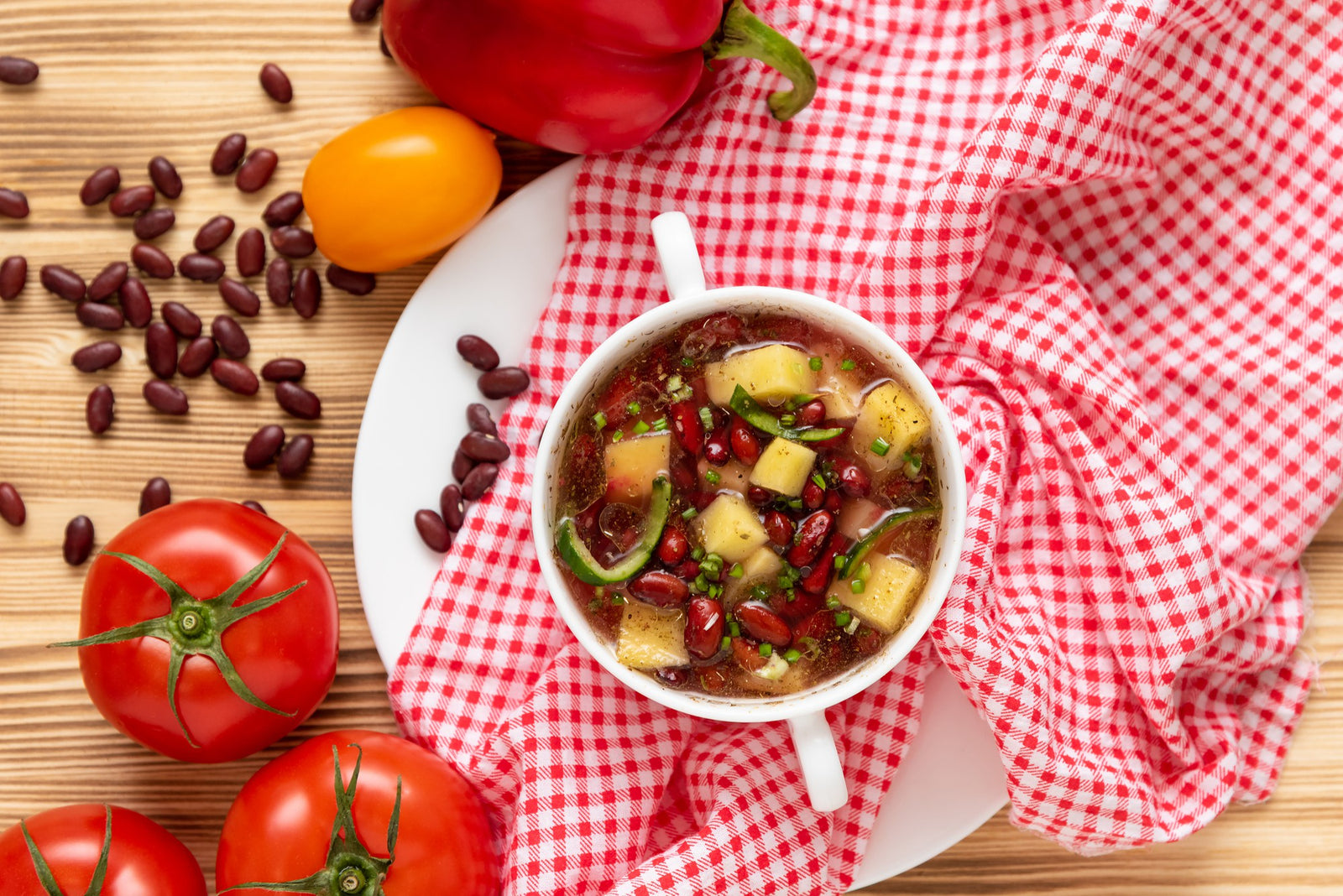
December 11, 2024 3 min read
Discover three quick and easy soup recipes featuring organic small red beans. From a classic vegetable soup to a creamy potato blend, these wholesome recipes are perfect for chilly days and busy weeknights. Packed with flavor and nutrition, these soups will warm your heart and soul this winter!
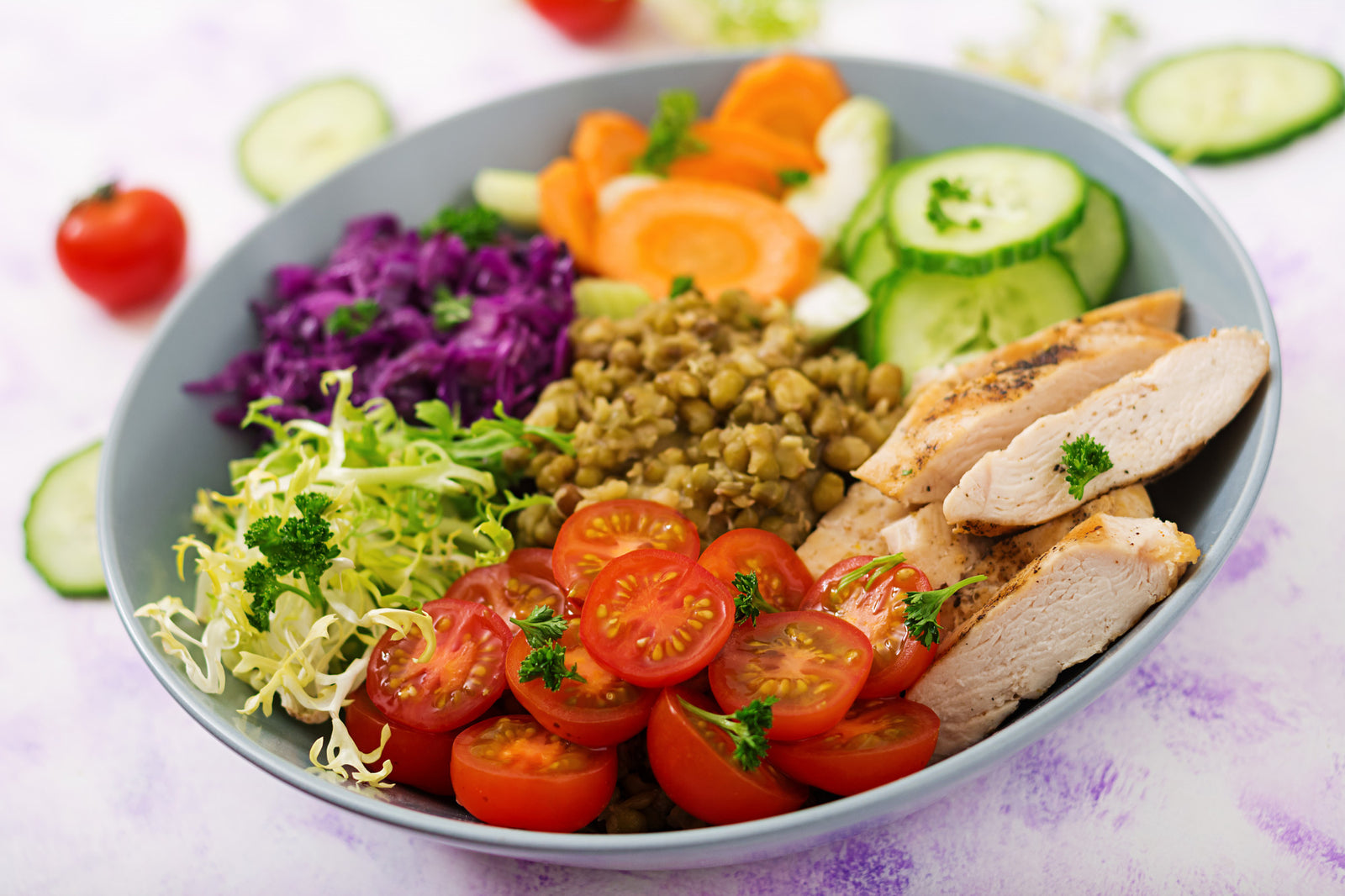
December 06, 2024 3 min read
This vibrant and nutritious Green Lentil Salad combines tender lentils with grilled chicken, fresh vegetables, and a zesty lemon dressing. Packed with protein, fiber, and essential vitamins, it’s the perfect healthy meal for any time of day.
© 2025 Be Still Farms- Real, Fine Organics.
Privacy | Terms | Refund Policy | Organic Certification
